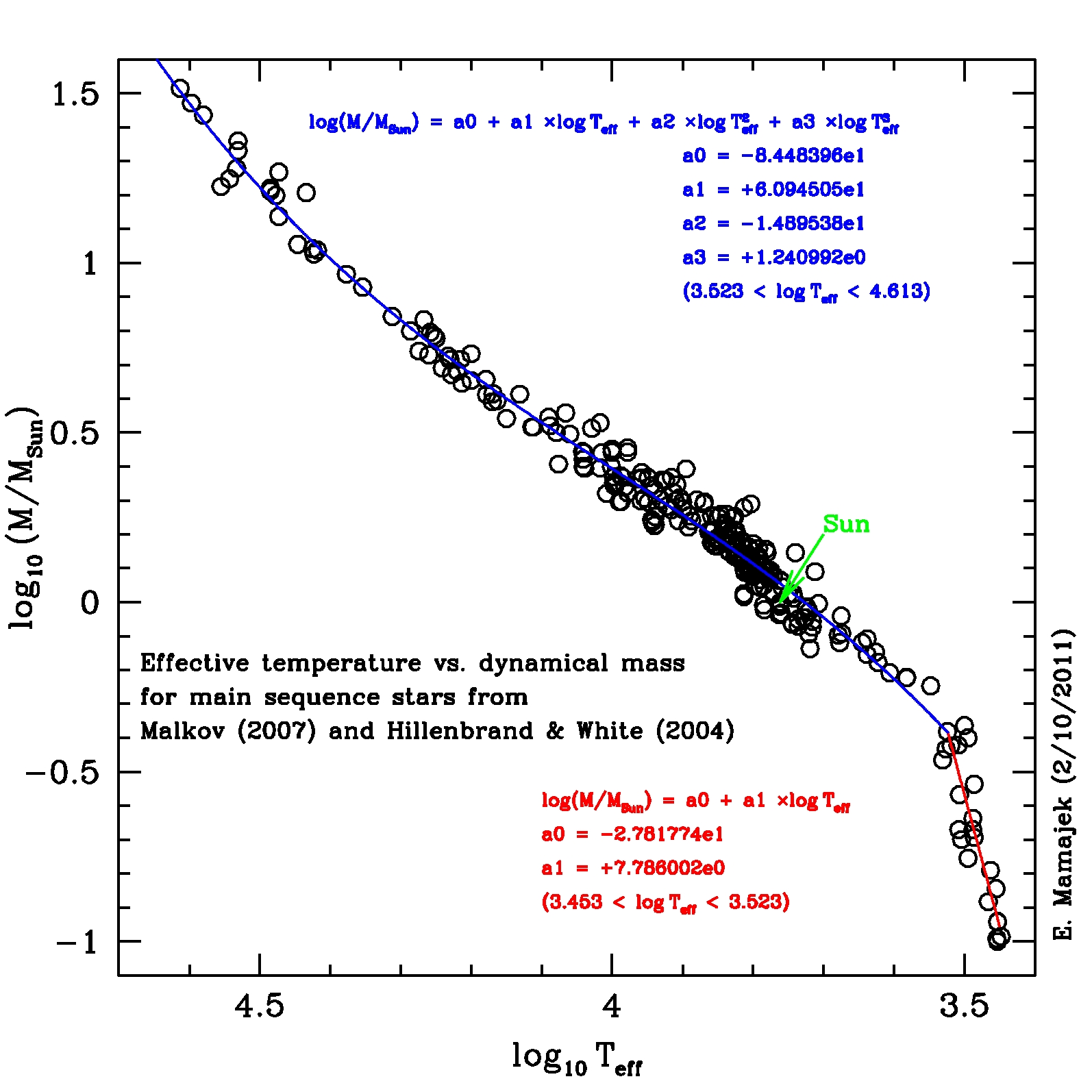

Then, 57 objects show spectral features which are typical of CH-giants, while four can be classified as a R-type stars. First, we establish criteria for getting a spectral classification by using our medium-resolution spectra. To better characterize these objects, medium-resolution CCD spectra were obtained and are exploited for them all, together with consideration of their 2MASS near-infrared (NIR) colors and their optical variability. These 66 objects are those which show early-type spectra (not N-type). Our sample of 66 objects is part of a total of 120 stars found in the FBS and confirmed spectroscopically to be C stars. These plates display lowresolution spectra of objects located at high Galactic latitudes and have a limiting magnitude of about V = 16. In this paper, second in this series, we discuss the nature of 66 faint carbon (C) stars which have been discovered by scrutinizing the plates of the First Byurakan Survey (FBS). For an initial stellar mass function that favors low-mass stars as in the Galactic disk, the dC stars are likely to be the dominant source of carbon-enhanced, metal-poor stars in the Galaxy. An ancient population is consistent with an extrinsic origin for C/O >1 in cool dwarfs, where a fixed mass of carbon pollution more readily surmounts lower oxygen abundances, and with a lack of detectable ultraviolet-blue flux from younger white dwarf companions. The fraction of stars with halo-like kinematics is roughly 30% for distances based on a limited number of parallax measurements, with the remainder dominated by the thick disk, but close to 60% of the sample lie below an old, metal-poor disk isochrone in reduced proper motion. The study uses a spectroscopically and non-kinematically selected sample of stars from the SDSS, and cross-correlates these data with three proper motion catalogs based on Gaia DR1 astrometry to generate estimates of their 3-D space velocities. This paper reports preliminary yet compelling kinematical inferences for N ~ 600 carbon-rich dwarf stars that demonstrate around 30% to 60% are members of the Galactic halo. To study the spatial, kinematic, and binary properties of these Stars within 30arcmin of each other may trace a previously unidentifiedĭwarf galaxy or tidal stream at ~40 kpc. Red CN bands appear to be N-type AGB stars at large Galactocentricĭistances, one likely a new discovery in the dIrr galaxy Le A. Weak CN and relatively blue colors are probably the most massive dCs The dCs likely spanĪbsolute magnitudes M_i from about 6.5 to 10.5. These "smoking guns" for AGB binary mass transfer. Stars in composite spectrum binaries, quadrupling the total sample of In the SDSS (Green 2013), we confirm 724 dCs, of which a dozen are DA/dC That dC stars are most likely innocent bystanders in post-mass transferīinaries, and may be predominantly metal-poor.

So it was at first surprising to find that theĬarbon stars most prevalent in the Galaxy are in fact dwarfs. The properties of the stars are compared with models for the production of dwarf carbon stars.Īs far as we know, most carbon throughout the Universe is created andĭispersed by AGB stars. The subluminosity of all three stars is due to an as yet unknown combination of (undoubtedly low) metallicity, possibly enhanced helium abundance, and unusual line blanketing in the bandpasses considered.

The kinematics indicate that they are members of the Galactic spheroid population. In the MV versus V-I color-magnitude diagram, they are approximately 2 mag subluminous compared to normal disk dwarfs with solar-like metallicities, occupying a region also populated by O-rich subdwarfs with -1.5 < < -1.0. Their visual (BVI) colors differ from all known red dwarfs, subdwarfs, and white dwarfs. All three stars have very similar luminosities (9.6 < MV < 10.0) and very similar broadband colors across the entire visual-to-near-IR (BVIJHK) wavelength range. The data are combined with the literature values for a third dwarf carbon star, G77-61 (=LHS 1555). Preliminary trigonometric parallaxes and BVI photometry are presented for two dwarf carbon stars, LP 765-18 (=LHS 1075) and LP 328-57 (=CLS 96).


 0 kommentar(er)
0 kommentar(er)
